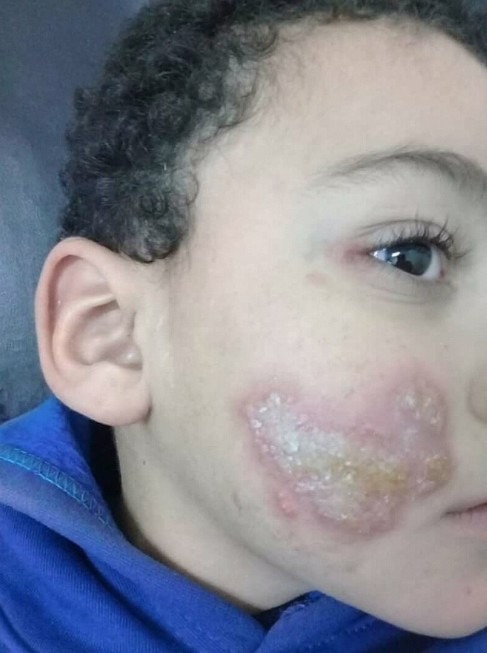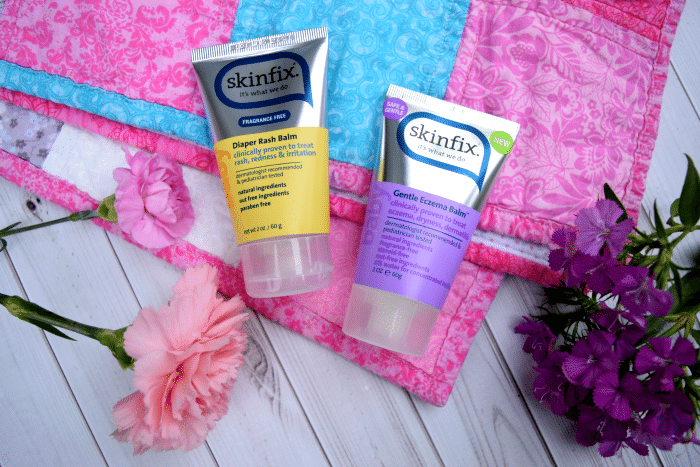When you first became a mom, you had no idea that you would soon be a “baby eczema and sensitive skin” expert until your baby suffers one. If your baby has particularly sensitive skin, they’re likely to develop eczema. It consists of skin that’s dry, crusty, and peeling, and usually covered in bright red and scaly patches, mostly on the cheeks and in the crooks of his elbows and knees.
Eczema may not look similar for every baby, depending on their skin complexion. In lighter-skinned babies, it usually shows up as patches of red skin. In babies with darker skin, the rash might look brownish, grayish, or purplish. Eczema can be more difficult to see in babies with darker skin.
Babies with eczema usually have bloody scratches all over their faces and arms from itching themselves constantly. If you are a mom of a baby suffering from this kind of skin condition, you’re certainly bound to freak out. At first, you don’t know what to do. You may have tried all the lotions and creams that you could get your hands on and read everything you could about baby eczema and sensitive skin.
Here are some of the factors that can cause eczema in babies:
- It can be hereditary. If a parent or relative has had eczema (or hay fever or asthma), a baby is likely to get it, too.
- It can be from an immune-system dysfunction that affects the skin barrier, resulting in loss of moisture and the introduction of germs into the skin.
- It can be the result of a lack of ceramide production. Ceramides are fatty acids that help create a barrier to prevent permeability, locking in moisture into the skin and thus preventing it from dryness and irritation. When your baby doesn’t have enough ceramides, their skin will lose water and become very dry.
If your baby suffers from eczema, don’t panic. Here are some tried-and-true ways to treat eczema and take care of your baby’s sensitive skin to make sure it won’t happen again.
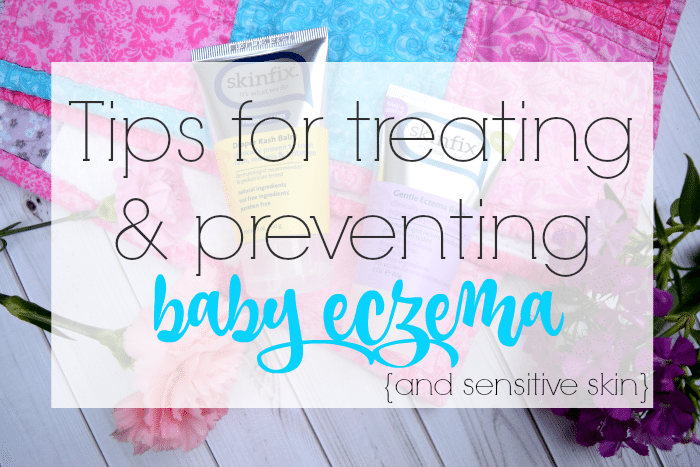
Bathe your baby properly
Contrary to popular belief, bathing your baby every single day will make their skin even more prone to dryness. You may bathe your baby every three days or so (or as needed). Besides, babies and infants don’t get that dirty as they’re too young to play outside or get really messy during playtime, so there’s no need for a daily bath.
When it’s time to give your baby a bath, make sure that the water isn’t too hot, as hot water makes the skin extremely dry. Also, make sure that you’re using a shampoo and body wash that’s fragrance-free and specifically formulated for your baby’s sensitive skin.

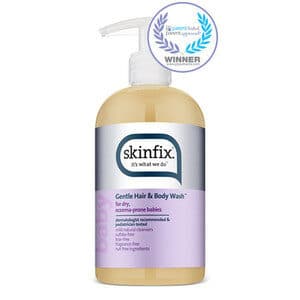
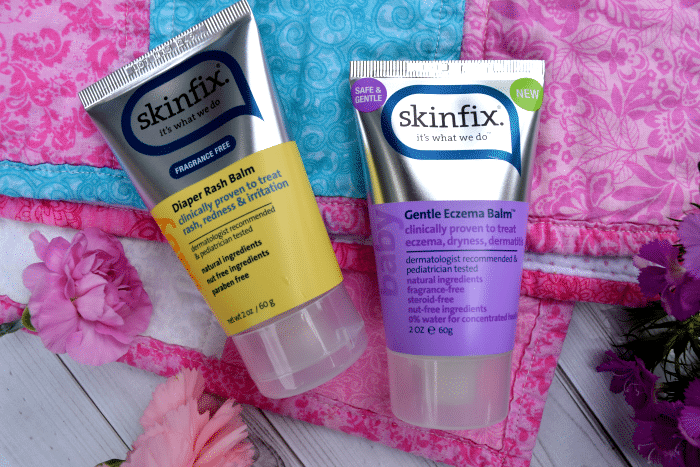
Dress your baby appropriately
Babies with eczema and sensitive skin need to be dressed appropriately. It means that you should try to opt for clothes made of natural fibers and cotton blends to avoid itching and excessive sweating.
No matter how you want your baby’s clothes to smell good and fresh, skip the fancy, overly-perfumed laundry detergents and fabric conditioners as they can be harsh to your baby’s sensitive skin. Choose gentler laundry products that are free of dyes, perfumes, and other potential irritants.
Diet is important
While eczema doesn’t have to be an allergic reaction, certain foods can make eczema even worse in some babies. Do some research regarding foods that are more likely to bring symptoms and foods that are safe for your baby with eczema.
Foods that can worsen eczema include eggs, cow’s milk, peanuts, tree nuts, fish, shellfish, wheat, and soy, as well as food products derived from them.
As for breast milk, it’s always the best milk for babies. It gives your little one a perfect balance of protein, fat, and other nutrients. It’s also excellent for your baby’s immune system. That said, if you are eating certain foods while breastfeeding your baby who has eczema, you may have to limit or omit cow’s milk, peanuts, tree nuts, and shellfish from your diet.
If your baby eats solid or semi-solid foods, introduce some treats that have anti-inflammatory properties. Feed your baby with foods that are high in quercetin – a powerful antihistamine – such as apples, blueberries, cherries, broccoli, kale, and spinach. Foods with probiotics can help reduce eczema flare-ups. Probiotic-rich foods include yogurt, miso soup, soft cheeses (such as Gouda), and naturally fermented pickles.
Adjust your diaper routine
Certain diapers may cause your baby’s skin to chafe or break out, becoming prone to rashes. More often than not, finding the right diaper can become a real challenge. You might have to try a few different brands before you find the right one that works for your baby.
You may also have to try cloth diapers, which can be the safest option for your baby. Modern cloth diapers are made from natural materials. They are also free from harmful chemicals and toxins that you usually find in disposable diapers.
Make sure to change your baby’s diaper as often as needed, and slather their sweet little bottoms with quality diaper cream, lotion, or ointment, preferably every diaper change.
Have your little ones ever suffered from eczema or overly sensitive skin? Send us your thoughts! We’d love to hear your best tips and favorite products!
